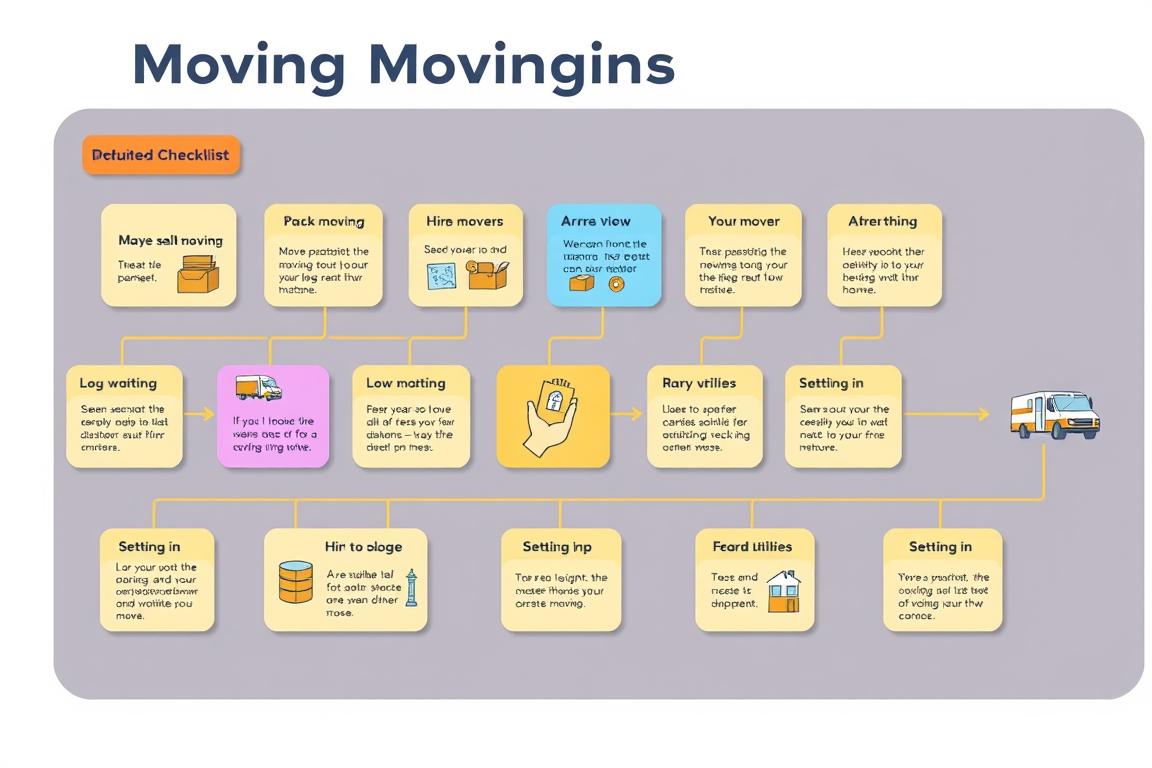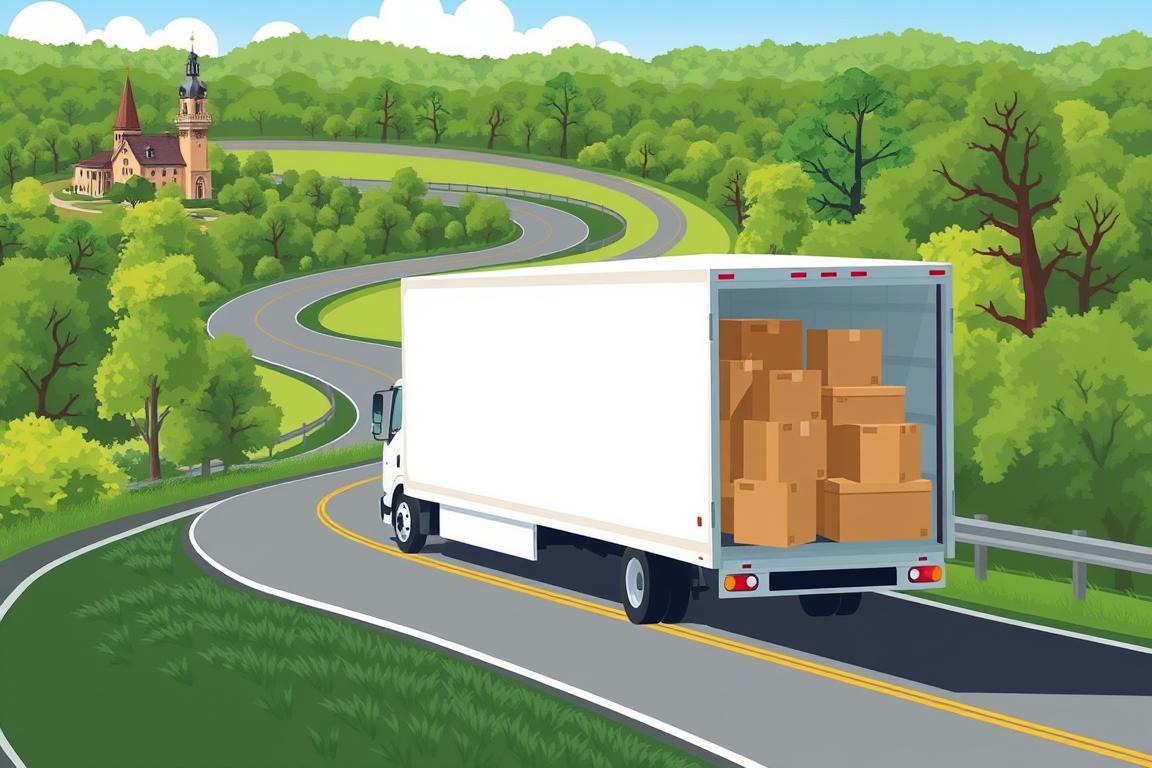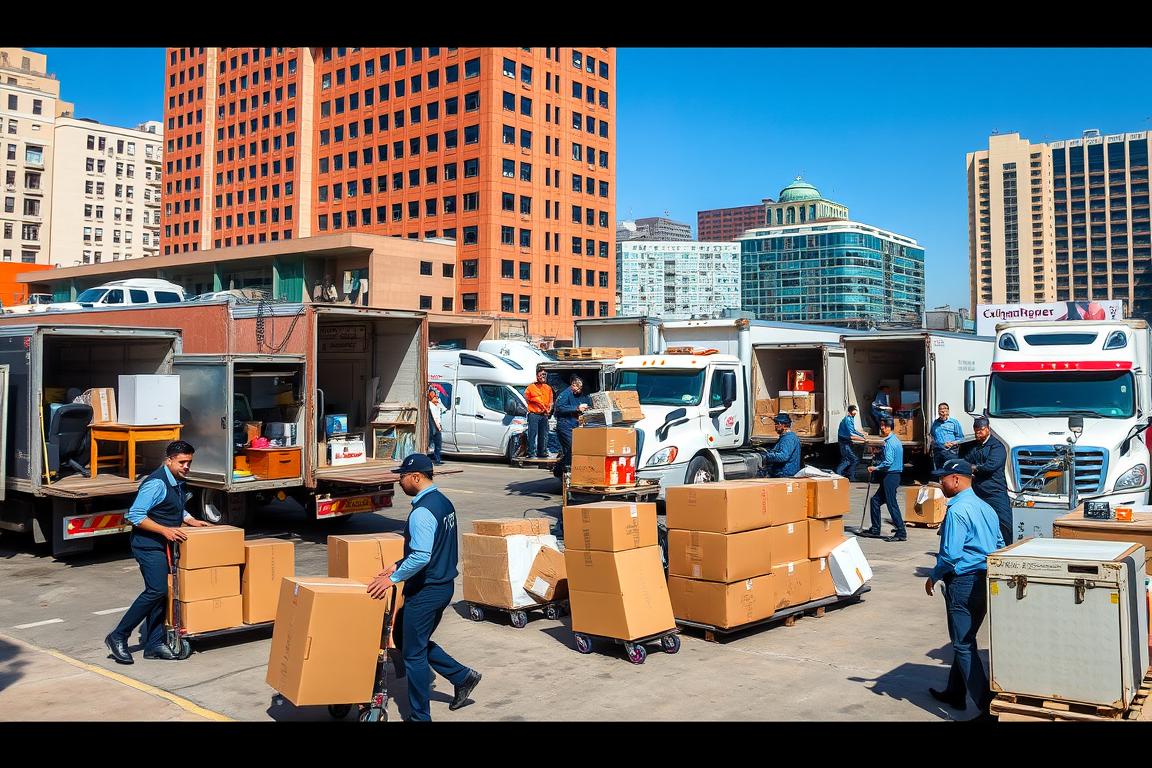Embarking on a journey to a new home can be both exciting and daunting, especially when it involves long-distance moving. If you’re considering relocating from Greenville, SC, being organized is your best asset. This article will equip you with essential Greenville SC moving tips that cover everything from creating a comprehensive moving checklist to understanding the logistics required for a seamless transition. With the right knowledge and preparation, you can make this significant life change a smooth experience.
Understanding the Basics of Long-Distance Moving
When planning a move, it’s essential to understand what constitutes a long-distance move versus a local move. Defining long-distance move becomes vital to know how your relocation will be categorized. Generally, a move exceeding 50 miles qualifies as long-distance. This section delves into various scenarios, including both interstate and intrastate moves, while addressing the legal considerations involved, such as weight limits and inventory requirements.
What Qualifies as a Long-Distance Move?
A long-distance move can be broken down into two primary categories: interstate moves and intrastate moves. Interstate moving involves crossing state lines, while intrastate moving occurs within a single state. The interstate moving criteria entail specific regulations, such as obtaining permits and ensuring compliance with the Department of Transportation’s guidelines. Understanding these distinctions helps clarify the complexities involved in the moving process.
Key Differences Between Local and Long-Distance Moves
The differences local long-distance moving can significantly impact how you approach your relocation. Factors such as planning timelines, estimated costs, and logistical requirements vary greatly between the two types of moves. Long-distance relocations typically demand more extensive preparation, including:
- Increased planning time
- Higher transportation costs
- More detailed logistical coordination
- Stricter legal compliance, especially for interstate moves
Grasping these differences equips you with the knowledge necessary for a smooth transition during your upcoming move.
Planning a Long-Distance Move from Greenville, SC: What You Need to Know
Embarking on a long-distance move can be both exciting and overwhelming. Proper planning is essential to ensure a smooth transition to your new home. This section focuses on creating an effective moving timeline checklist, budgeting for your move, and selecting the right moving company in Greenville, SC.
Creating a Moving Timeline
A well-structured moving timeline checklist is crucial for keeping your move organized. Start planning at least two months before your move date. Break down tasks into weekly goals and adjust as necessary. Key features to include in your timeline are:
- Two months prior: Research moving companies, schedule free estimates.
- One month prior: Finalize your moving company and begin packing non-essential items.
- Two weeks prior: Confirm moving dates and utility transfer dates.
- One week prior: Pack essentials and finalize your moving budget planning.
- Day before: Pack a suitcase with essentials for the first few days.
Budgeting for Your Move
Moving budget planning is another critical aspect of preparing for a long-distance move. It helps to minimize unexpected costs. Your budget should cover:
| Expense | Estimated Cost |
|---|---|
| Moving Company Fees | $1,000 – $5,000 |
| Packing Materials | $100 – $300 |
| Fuel Costs | $200 – $500 |
| Insurance | $100 – $200 |
| Storage (if needed) | $50 – $300/month |
Incorporate a buffer for any hidden fees that may arise.
Choosing the Right Moving Company
When it comes to selecting moving company Greenville SC, thorough research is non-negotiable. Look for companies with positive reviews, proper licensing, and insurance. Recommendations from friends or family can also provide insights into reputable movers. Always request estimates and compare services before making a decision. Remember to ask about payment options and cancellation policies to avoid surprises later.

Preparing for Your Move
Effective preparation is crucial for a successful long-distance move. This involves thorough decluttering, smart packing, and keeping essential items readily available throughout the journey. By focusing on these areas, you can enhance your moving experience and reduce unnecessary stress.
How to Declutter Before Moving
Prioritizing decluttering for moving can dramatically simplify the process. Start by evaluating your belongings, categorizing them into three groups: keep, donate, and discard. Consider the following tips:
- Set aside time each day to tackle one room at a time.
- Utilize the “one-year rule” — if you haven’t used it in the past year, consider letting it go.
- Invest in sturdy boxes for organizing items you plan to keep.
Packing Tips for Long-Distance Moves
Implementing effective packing strategies long-distance is essential for avoiding damage and ensuring smooth transport. Here are some valuable techniques:
- Label all boxes clearly, indicating their contents and which room they belong to.
- Use bubble wrap and packing paper to protect fragile items.
- Maximize space by filling boxes to the brim, but avoid overpacking to maintain structural integrity.
Essential Items to Keep Handy During the Move
Maintaining a moving essentials checklist is vital for a seamless relocation. Keep essential items close at hand, including:
- Snacks and water to stay energized during the move.
- Important documents such as identification and moving contracts.
- Basic toiletries, including toothbrushes, soap, and a change of clothes.
By focusing on these key preparation aspects, you’ll set a positive tone for your long-distance move and create a well-organized approach to this major life transition.
Settling Into Your New Home
After completing a long-distance move, the real adventure begins as you start settling into your new home. One of the first steps in your post-move checklist should be to set up essential utilities, such as electricity, water, and internet. Ensuring these services are running smoothly will provide a sense of normalcy and comfort as you adjust to your new surroundings.
When it comes to unpacking, consider a strategic approach. Start with the essentials—items you need for daily living—and gradually move to less critical boxes. This method not only streamlines the unpacking process but also allows you to feel more settled early on. As you unpack, don’t forget to personalize your space. Adding familiar décor can significantly contribute to adapting to your new environment.
Meeting your neighbors and exploring the local community is also essential for making your new place feel like home. Attend community events, join local groups, or simply introduce yourself to those nearby. Building connections can ease feelings of isolation and enhance your overall experience in your new locale. Embracing this fresh chapter in life opens up endless possibilities, making settling into your new home an exciting journey.



